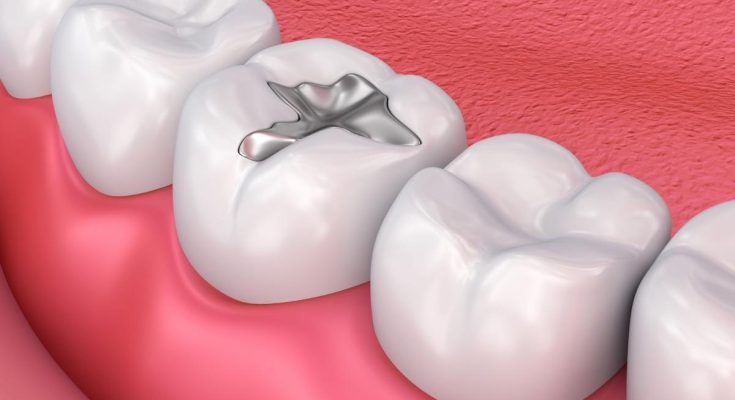When restoring decayed or damaged teeth, proper dental filling is essential for long-term oral health and aesthetics. With advancements in dental materials, patients now have various options to consider.
In such cases, you must know the different dental fillings available today, including amalgam, composite resin, ceramic, and glass ionomer. By being aware of dental filling’s characteristics, benefits, and potential considerations, you can make an informed decision in collaboration with your Chehalis dentist.
Understanding which dental filing is correct for you:
- Material options
When considering the cost of dental fillings, exploring the different material options is essential. Amalgam fillings are typically more affordable than tooth-colored alternatives like composite resin or ceramic. However, weighing the cost against other factors, such as aesthetics, durability, and potential allergies or sensitivities, is essential. Your dentist can guide the most suitable material that aligns with your budget and oral health needs, ensuring a cost-effective and satisfactory outcome.
- Location and size of the cavity
The location and size of the cavity can influence the cost of dental fillings. For instance, larger cavities may require more extensive filling materials, resulting in higher costs. Additionally, the cavity’s location can affect the filling procedure’s complexity. Discuss with your dentist how the cavity’s location and size may impact the filling’s overall cost, and explore the most cost-effective yet suitable option for your specific case.
- Allergies or sensitivities
When considering the cost of dental fillings, it is crucial to consider any known allergies or sensitivities to certain filling materials. While some materials may be more cost-effective, they may not suit individuals with allergies or sensitivities. It is essential to discuss any potential reactions or sensitivities with your dentist to ensure the chosen filling material is safe for you, even if it comes at a slightly higher cost. Prioritizing your oral health and avoiding adverse reactions should precede cost considerations in such cases.
- Longevity and durability
When it comes to dental fillings, longevity, and durability are essential factors. Different filling materials have varying lifespans and strengths. Amalgam fillings, known for their durability, can last for many years. Composite resin fillings, on the other hand, offer a more natural appearance but may not last as long. Discuss with your dentist which filling material best suits your needs and ensures the longevity of your dental work.
- Cost considerations
The cost of dental fillings can vary depending on the material chosen. Amalgam fillings are generally more cost-effective, while tooth-colored fillings like composite resin or ceramic tend to be pricier. Considering your budget and dental insurance coverage, discussing the cost implications with your dentist is essential. While cost is a factor to consider, it is also crucial to balance it with the desired longevity, aesthetics, and durability of the filling material for optimal dental health and satisfaction.




